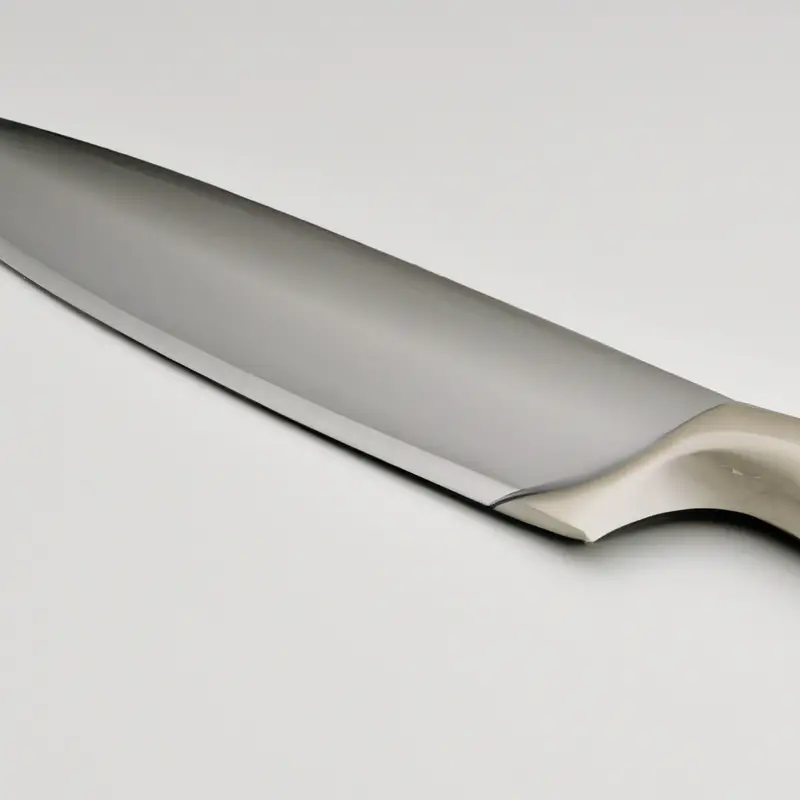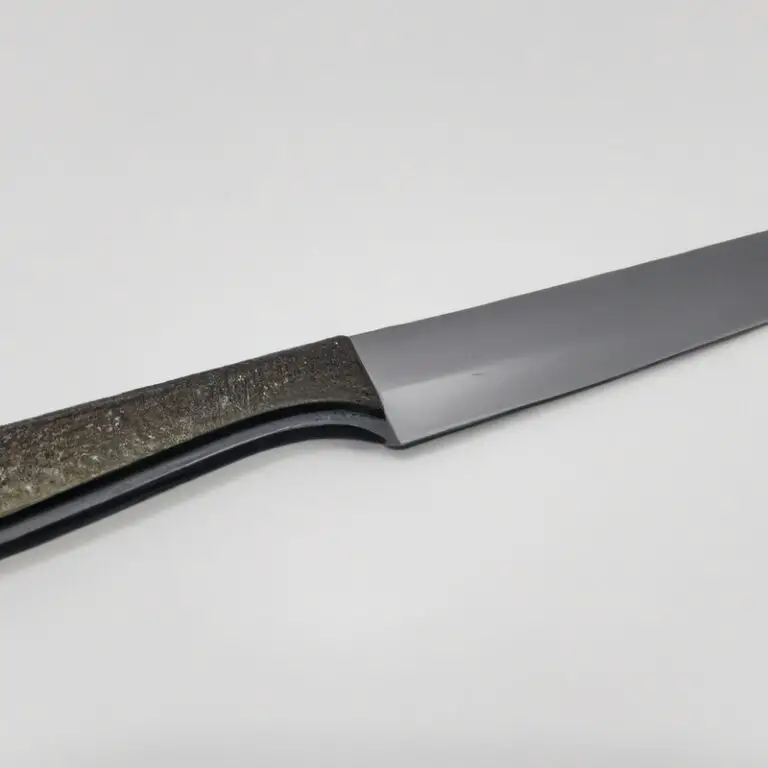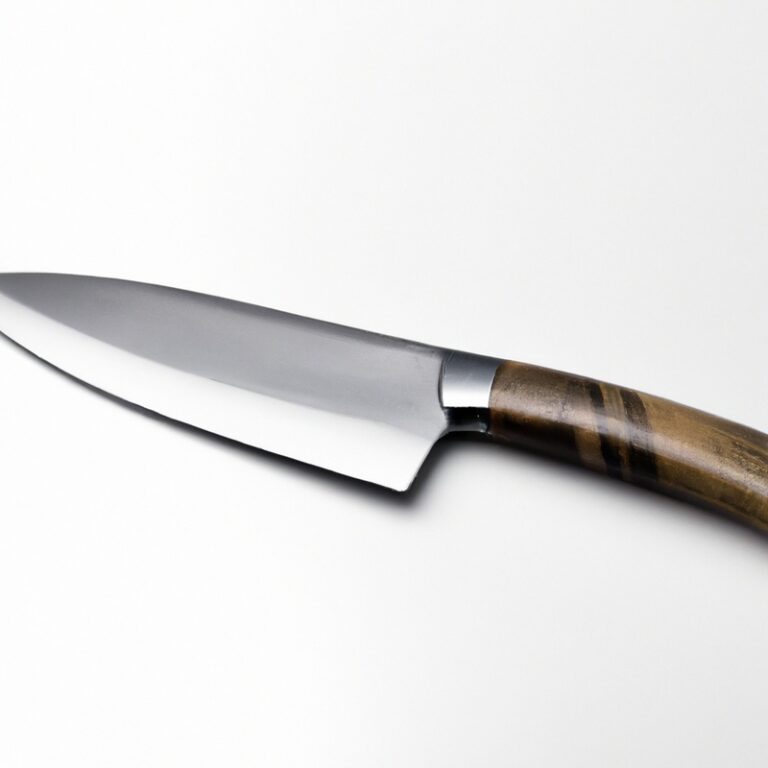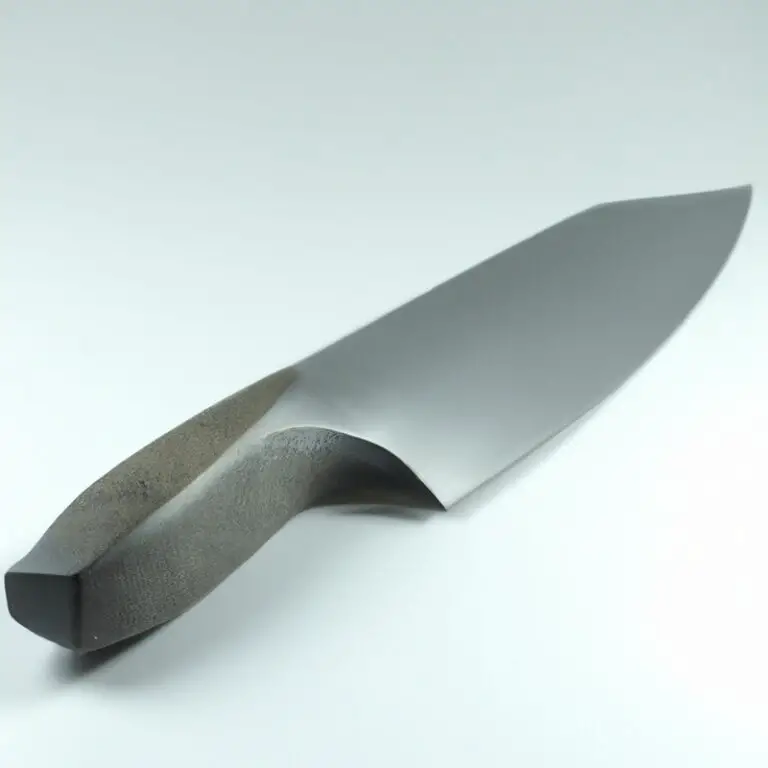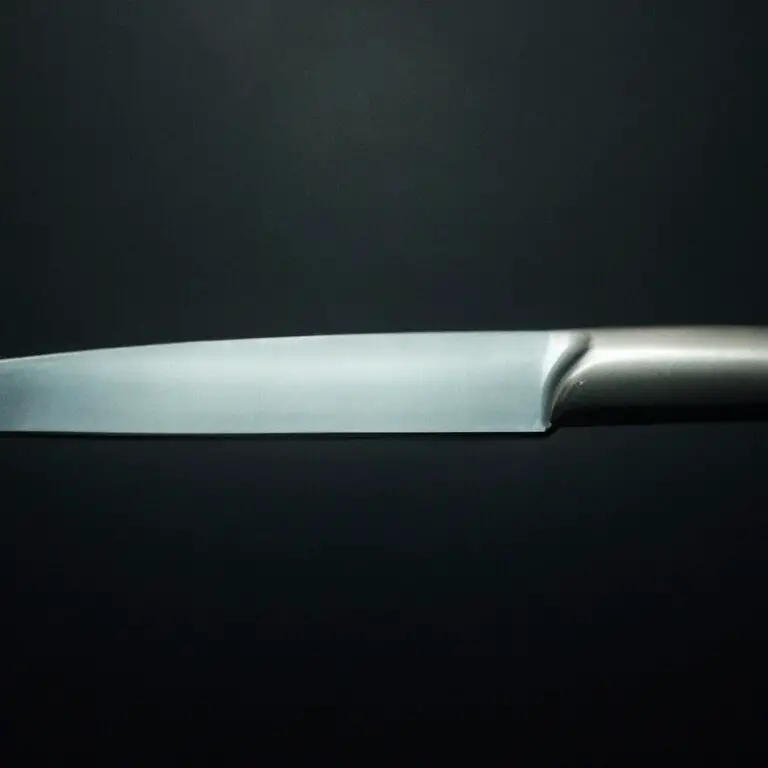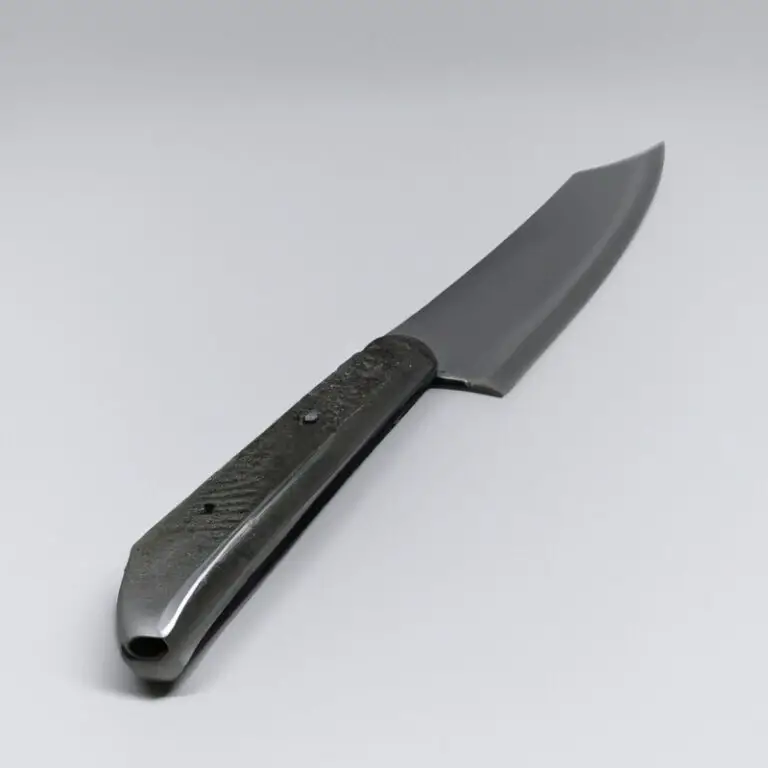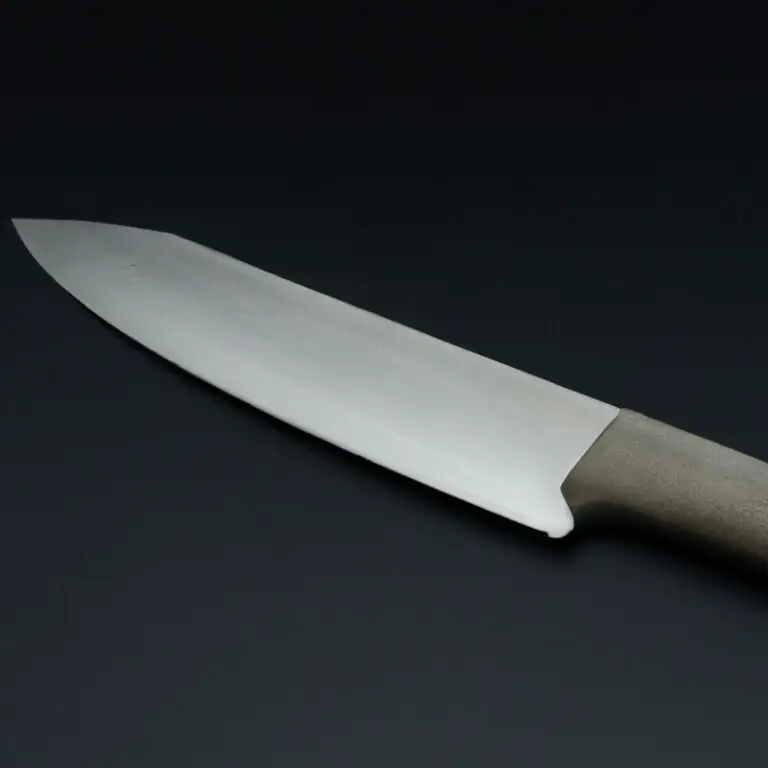How To Prevent Hand Fatigue When Using a Gyuto Knife For Extended Periods? – Easy Tips!
Key Takeaways:
- Use proper technique and grip to reduce strain on hand muscles and joints while using a Gyuto knife.
- Invest in a high-quality, ergonomic Gyuto knife that fits comfortably in your hand to minimize hand fatigue.
- Take regular breaks, stretch your hands and fingers, and switch to other kitchen tasks to prevent prolonged use of the Gyuto knife.
- Consider using a cutting board with a non-slip surface to reduce the force needed to cut, minimizing hand fatigue.
Have you ever experienced hand fatigue while using a Gyuto knife for an extended time? It’s not uncommon for chefs, home cooks, or anyone who enjoys cooking to experience hand strain or fatigue.
However, with a few simple techniques and equipment adjustments, you can reduce the risk and prevent hand discomfort.
In this blog, I’ll share some tips on how to prevent hand fatigue when using a Gyuto knife for extended periods. From maintaining a sharp blade to incorporating hand-strengthening exercises, we’ll cover all aspects that can help to make your cooking experience more comfortable and enjoyable.
| Technique | Benefits | Drawbacks |
|---|---|---|
| Proper grip | Maintains control, distributes pressure evenly | May feel awkward at first |
| Regular breaks | Reduces strain, allows hand to rest | Slows down work, interrupts flow |
| Stretching exercises | Loosens muscles, increases flexibility | May not provide immediate relief |
| Use a knife with proper weight and balance | Requires less effort to use, reduces strain | May be more expensive, personal preference |
| Alternate knife usage with non-knife tasks | Provides hand with rest, prevents overuse | Slows down work, adds extra steps |
Understanding Hand Fatigue: Causes and Symptoms
Hand fatigue is a common issue for those who use their hands extensively, including chefs who use kitchen knives such as Gyuto knives. Fatigue can result from a variety of causes, including improper grip, stress, overuse, and more.
Symptoms of hand fatigue often include pain, stiffness, and decreased grip strength.
Understanding the causes and symptoms of hand fatigue is crucial to taking precautions that prevent strain and injury.
Choosing the Right Gyuto Knife for Your Needs
Choosing the right Gyuto knife is essential to prevent hand fatigue during extended use. Firstly, determine the purpose of your knife; whether you plan to use it for general kitchen tasks or specialized preparation like sushi-making.
Gyuto knives range in size, with blade lengths varying from 7 to 12 inches – choose a size that suits your hand and task.
Consider the blade material, with high-carbon stainless steel being an ideal choice as it is durable and rust-resistant. The handle material and shape are also worth considering, with options ranging from traditional wooden handles to modern synthetic materials.
Ensure the handle is comfortable, non-slip and offers a secure grip for extended usage comfort.
Finally, choose a blade with a good balance, allowing for easy maneuvering during cutting tasks. Taking these factors into account, pick a Gyuto knife that fits your needs and preferences.
Proper Grip and Hand Placement Techniques for Minimizing Fatigue
Proper grip and hand placement are crucial for minimizing hand fatigue when using a Gyuto knife. One should grip the handle firmly enough to maintain control but not too tightly as it can cause strain.
The Index finger, middle finger, and thumb should be placed on the handle for the better grip and should not be too far apart or too close together to reduce the pressure on fingers.
The remaining two fingers should be curled around the handle to support and stabilize the knife. Holding the knife in this manner will enable you to maintain a comfortable grip for longer durations, reducing the fatigue caused by an incorrect grip.
Additionally, hand placement on the knife is essential for proper weight distribution.
While using the knife, keep your wrist straight and in line with your forearm, and avoid bending it to move the blade. Maintaining a proper grip and hand placement reduces the strain on hands and increases the control and efficiency of the blade.
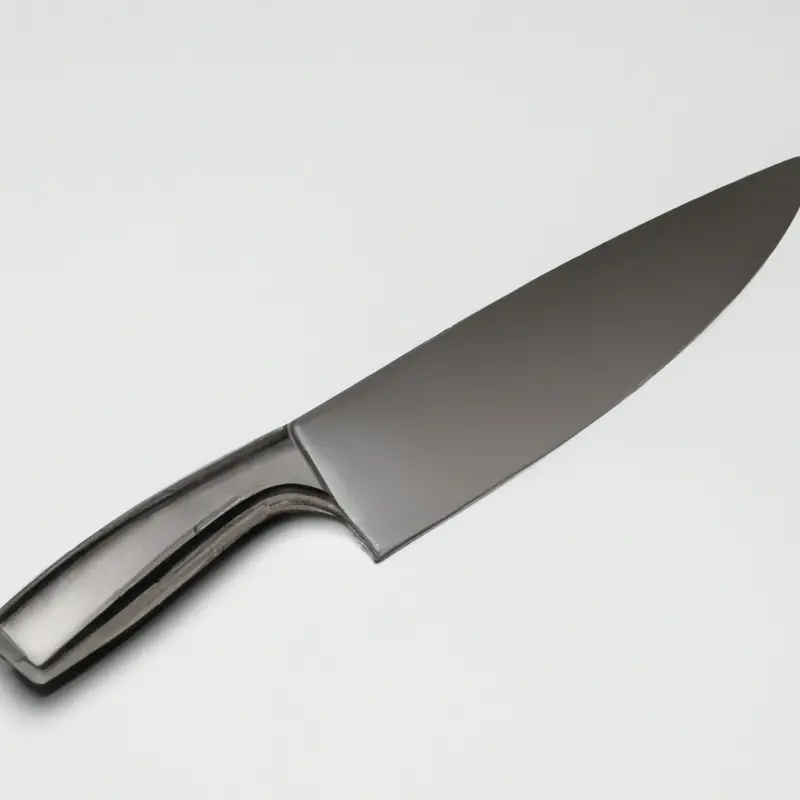
Maintaining a Consistent Pace and Rhythm while Cutting
Maintaining a consistent pace and rhythm while cutting with a Gyuto knife is crucial for preventing hand fatigue and reducing the risk of injury. When you cut at a consistent pace, your movements become more fluid and efficient, reducing the strain on your hands and wrists.
To maintain a consistent pace, try to keep your movements controlled and steady, focusing on maintaining a consistent speed throughout the cutting process.
Additionally, it’s important to develop a comfortable and natural cutting rhythm by practicing your cutting technique regularly. You can also try to break down larger cutting tasks into smaller, more manageable parts, to reduce the strain on your hands over time.
Overall, maintaining a consistent pace and rhythm while cutting can make a big difference in reducing hand fatigue and promoting a more comfortable and enjoyable cutting experience.
The Importance of Maintaining a Sharp Blade for Reducing Hand Strain
The sharpness of your knife is critical in reducing hand strain and fatigue while using a gyuto knife for extended periods. A dull blade requires more force to cut, making it more challenging to maintain proper cutting technique and grip, leading to unnecessary hand and wrist strain.
Maintaining a sharp blade not only reduces the amount of force needed to cut, but it also provides clean and effortless cuts, which is essential for proper food preparation.
Sharpen your blade regularly and as needed, and take care when using and storing your knife. By doing this, you can decrease the amount of hand strain and fatigue experienced when using a gyuto knife.
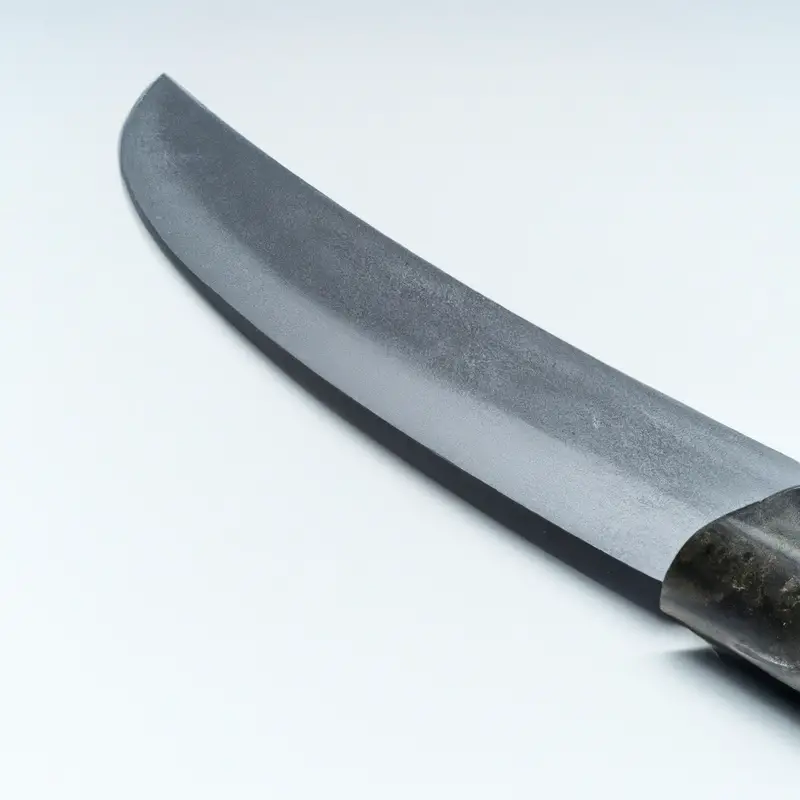
Utilizing Cutting Boards and Other Equipment to Reduce Strain on Your Hands
Utilizing cutting boards and other equipment can significantly reduce strain on your hands when using a Gyuto knife for extended periods. Firstly, choose a cutting board with a non-slip base to prevent it from sliding during use.
Opt for a board made of materials that are gentle on your knife edge, such as wood or plastic.
Using a damp towel or rubber pad underneath the board can also help reduce movement. Invest in a knife with a comfortable handle to minimize grip pressure and fatigue.
Handles made from materials like rubber or silicone provide a better grip and reduce the risk of slipping.
Another equipment that can help reduce strain is a kitchen stool or mat to prevent standing for prolonged periods. When you’re standing, your body weight puts extra pressure on your hands and joints.
Using a stool or mat helps to shift the pressure between your feet and reduce fatigue.
Lastly, consider using an adjustable cutting surface that can be raised or lowered to a comfortable height. This helps to promote proper posture and reduce strain on your shoulders, arms, and hands.
By incorporating these equipment tips into your routine, you can reduce the strain on your hands and work more comfortably for longer hours.
Proper Hand Strengthening and Stretching Exercises for Preventing Fatigue
Proper hand strengthening and stretching exercises can help prevent fatigue while using a Gyuto knife for extended periods. Here are a few exercises that you can try to strengthen and loosen up your hands:
- Fist stretching: Hold your hand out with your fingers straight, then slowly make a fist, and when fully clenched, hold it for a few seconds before gradually releasing it.
- Wrist stretches: Hold your arm out in front of you, palm down, and gently pull your fingers downwards with your other hand.
- Squeeze exercise: Squeeze a small rubber ball or a soft grip ball repeatedly, it’s an excellent form of resistance training and can go a long way in building up your hand muscles over time.
- Hand and finger curls: Use a handgrip or small weights to train your hand and finger muscles.
- Arm and wrist rotation: Gently move your arms and wrists in circular motions to improve flexibility.
By including these exercises in your daily routine, you can prevent hand fatigue and reduce the risk of injury in the long run.
The Benefits of Taking Breaks and Alternating Between Tasks to Avoid Overuse
Taking breaks and alternating between tasks when using a Gyuto knife for an extended period can prevent hand fatigue and strain. When performing repetitive motions with your hands, your muscles, tendons, and nerves can become overworked and result in hand fatigue.
Taking short breaks or switching to a different task can give your hands a rest and prevent overuse.
Alternating tasks that use different muscle groups can also reduce the risk of hand fatigue. For instance, after using a Gyuto knife for a while, you can switch to tasks that require less gripping and hand strength, such as chopping vegetables or cleaning up your workstation.
Taking breaks not only reduces the risk of hand fatigue but also increases productivity and concentration.
Studies show that workers who take regular breaks in between tasks are more productive, creative, and engaged than those who work for extended periods without breaks. In summary, taking breaks and alternating between tasks can prevent hand fatigue, increase productivity, and reduce the risk of work-related injuries.
It is crucial to prioritize your health and well-being by taking ample breaks when using a Gyuto knife or engaging in any task that requires repetitive hand motions.
Adjusting Your Workstation to Promote More Comfortable and Ergonomic Movements
Adjusting your workstation is crucial in reducing hand fatigue when using a Gyuto knife for an extended period. Ensure that your workstation promotes a comfortable and ergonomic environment for your hands.
Consider the following tips for an optimized workstation:
- Adjust your chair: Your chair should be adjustable to fit your height. Your feet should be flat on the floor, and your knees should be at a right angle. This prevents your arms from straining to reach your workstation.
- Monitor height: Position your monitor at the same height as your eyes. This prevents you from bending your neck and straining your eyes.
- Table height: The height of your workstation should enable you to work with your forearms parallel to the ground, and your wrists straight. This reduces tension in your arms and wrists.
- Keyboard and mouse placement: Position your keyboard and mouse in a way that you don’t have to strain your arms to reach them. Keep your wrists straight while typing to prevent unnecessary stress.
- Lighting: Ensure proper lighting to prevent eye strain. Make use of natural light whenever possible.
By adjusting your workstation to fit your needs, you can significantly reduce the strain on your hands. With these tips, you can optimize your work environment, ensuring a comfortable and healthy workspace.
The Role of Mental Awareness and Focus in Reducing Hand Strain and Fatigue
Mental awareness and focus play a critical role in reducing hand strain and fatigue while using a Gyuto knife. When you’re focused and mentally present during cutting tasks, you’re able to keep your hand movements precise and efficient.
You’re also able to maintain a consistent pace, which reduces the likelihood of overusing your muscles.
Additionally, by being aware of your body’s sensations and taking breaks when necessary, you’re able to prevent fatigue before it sets in fully. Mindful breathing and relaxation techniques can also help to release muscle tension and promote healthy blood flow.
Ultimately, the mind-body connection is vital to avoiding unnecessary strain and promoting a more comfortable, enjoyable cooking experience.
Final Verdict
Preventing hand fatigue while using a Gyuto knife is critical to avoid pain, discomfort, and even long-term injuries. By choosing the right knife, maintaining a sharp blade, and utilizing proper grip and hand placement techniques, you can significantly reduce strain on your hands.
Incorporating stretching exercises, taking breaks, and adjusting your workstation can also help promote a more comfortable and ergonomic movement.
It’s essential to prioritize your mental focus and awareness to prevent overuse and maintain a consistent pace. With these actionable insights and practical takeaways, you can prevent hand fatigue, enhance your cutting efficiency, and improve your overall performance in the kitchen.
Remember, taking care of your hands is a vital investment in your culinary skills and your long-term health.

